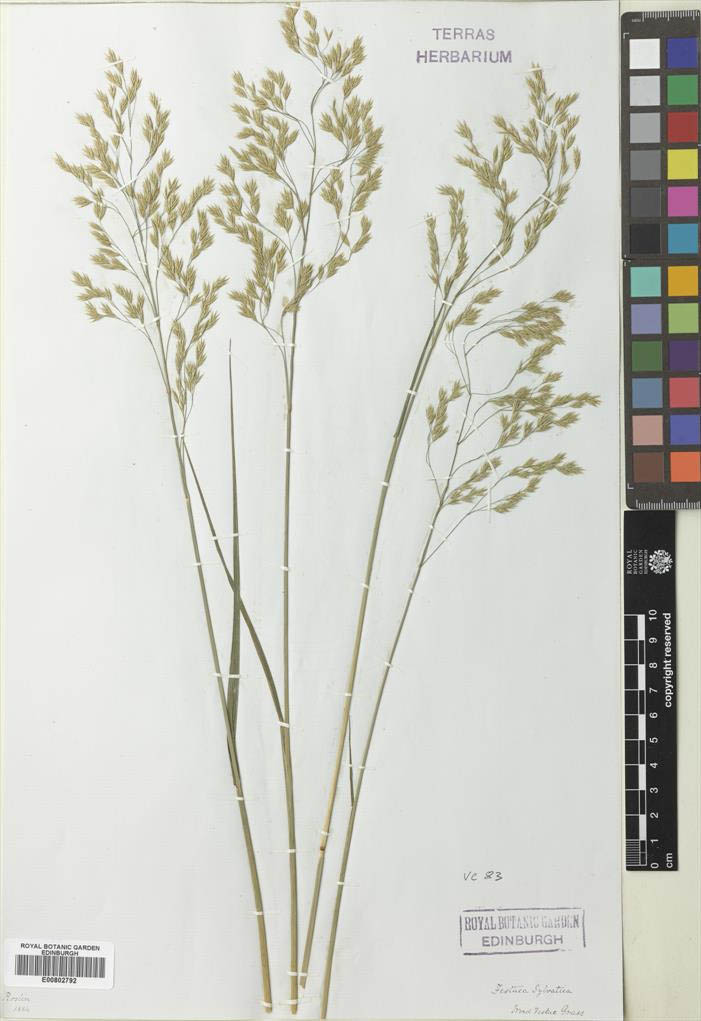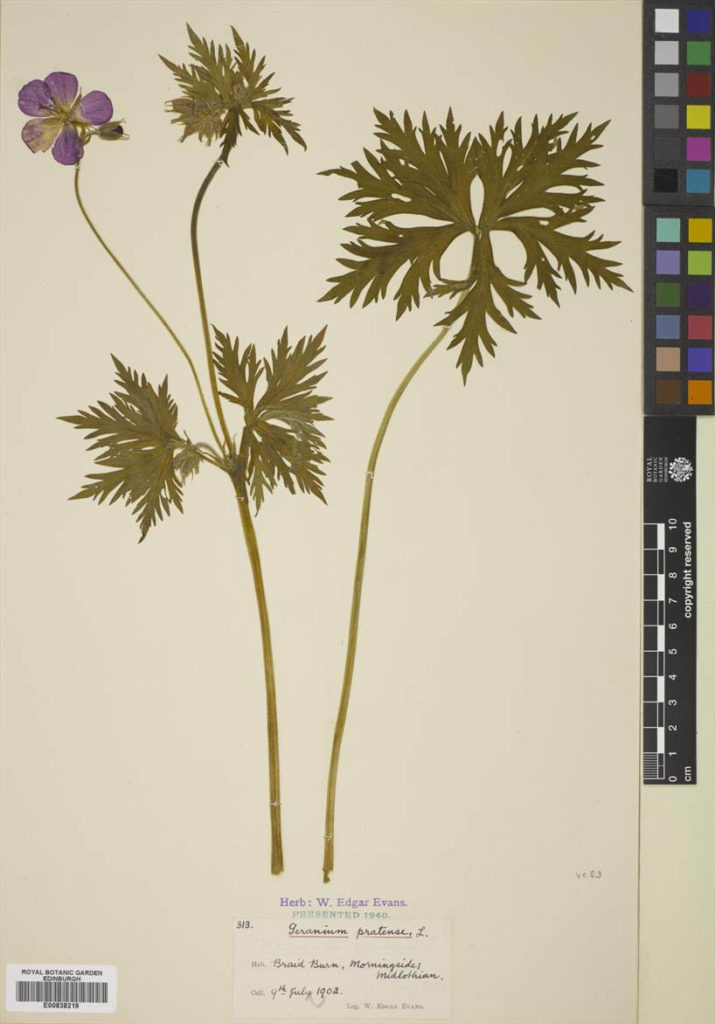
Join us virtually as we take part in the 2020 edition of the Worldwide Engagement for Digitising Biocollections, WeDigBio. This year the event takes place between 15th – 18th October. This annual global campaign seeks to engage the public to capture digital data about biodiversity collections.
This year we are highlighting our newly launched series of virtual Expeditions of Britain and Ireland hosted by DigiVol, a Citizen Science platform on the Atlas of Living Australia. To become part of our expedition teams you will need join the Digivol community by creating an account. You can then go to our institution page where you will find our two active expeditions of the Flora of Britain and Ireland.
The first expedition focuses on the genus Festuca. This genus sits within the grass family, Poaceae, the largest family of flowering plants in Britain and Ireland with around 160 species. Globally it can be found on every continent including Antartica. Grasses play a crucial role in preventing soil erosion and are critically important in supporting many of the world’s biomes.

Festuca altissima All. 
Geranium pratense L.
The next expedition, created especially for WeDigBio 2020 explores Geranium. The genus name derives its name from the Greek noun géranos meaning Crane which gives this genus its English common-name ‘cranesbill.’ It is a reference to the beak-like appearance of the seed column of these plants which springs open when ripe and casts seeds a considerable distance.
Within Britain and Ireland you may have come across ‘Herb Robert’ (Geranium robertianum L.) in shaded spots on woodland or coastal walks, or closer to home growing by sheltered walls. In English folklore it was believed to be the plant of the house goblin, Robin Goodfellow. He is depicted as hairy, red-featured, and carrying a candlestick, qualities shared with the plant with its red stems and seed column candlestick beaks! Other species native to the British Isles include Meadow cranesbill (G. pratense L.), grassland dwelling Doves-foot cranesbill (G. molle L.) and coastal Bloody cranesbill (G. sanguineum L.) which is the county flower of Northumberland.
In these virtual expeditions we would like you to help to transcribe the information contained on the specimen collecting labels. This data allows researchers to build a picture of a species’ flowering patterns alongside its distribution geographically through time. Changes in behaviour and distribution can be identified and the possible causes explored such as climate change and loss of habitat. Thus digitisation helps inform and target conservation efforts protecting plant species for future generations.
To find out more about WeDigBio and other events that are being run across the world visit the WeDigBio website and their events listing page.
